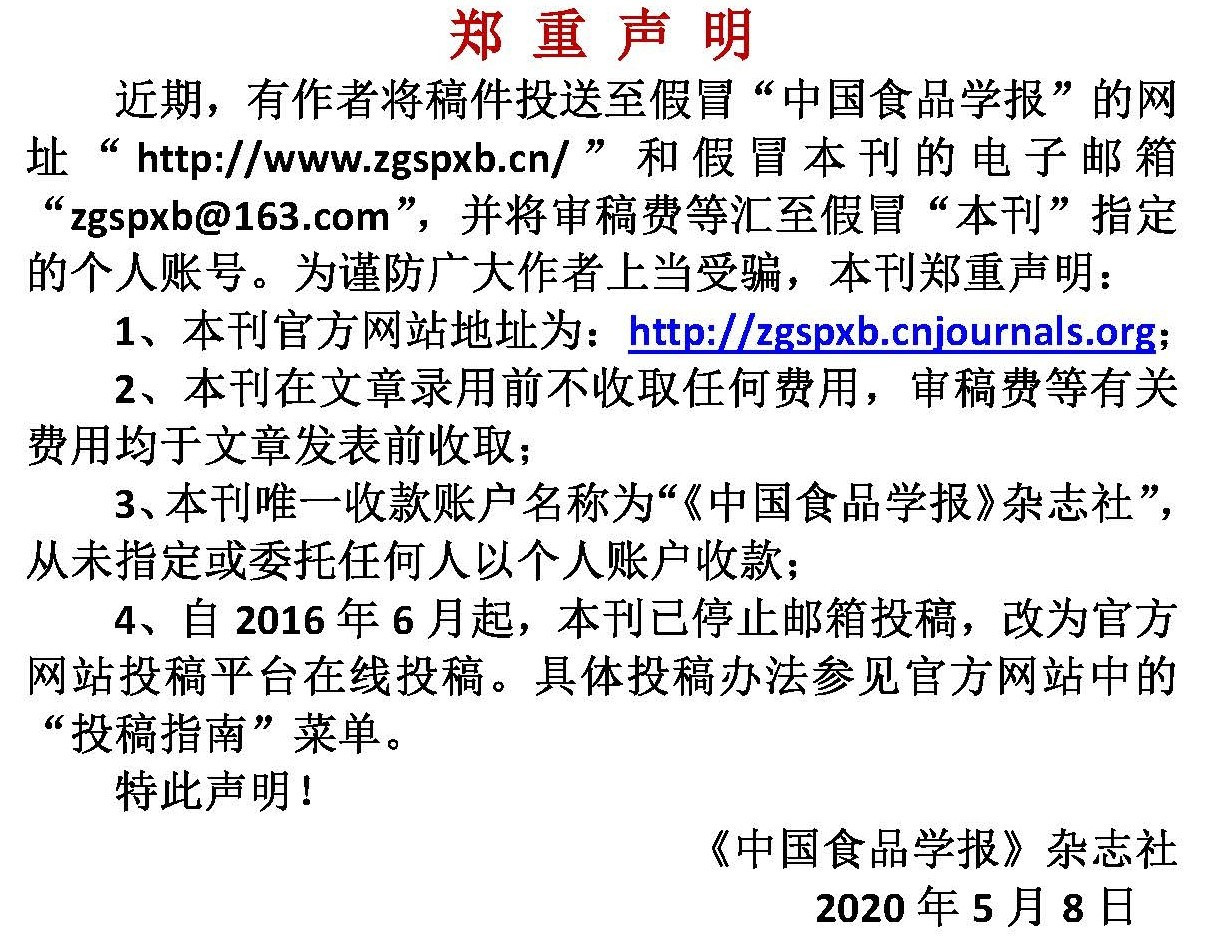优新荔枝品种果实品质风味特征比较
作者:
作者单位:
(华南农业大学资源环境学院 广州 510642)
作者简介:
通讯作者:
中图分类号:
基金项目:
国家现代农业产业技术体系建设专项项目(CARS-32);国家重点项目联合攻关体项目(5300-F19177)
Comparison on Fruit Quality and Flavor of New and Fine Litchi Cultivars
Author:
Affiliation:
(College of Natural Resources and Environment, South China Agricultural University, Guangzhou 510642)
Fund Project:
引用本文
朱永聪,崔子霄,徐晗,韦增辉,张嘉雯,白翠华,姚丽贤.优新荔枝品种果实品质风味特征比较[J].中国食品学报,2023,23(6):327-338
复制分享
文章指标
- 点击次数:
- 下载次数:
- HTML阅读次数:
历史
- 收稿日期:2022-06-22
- 最后修改日期:
- 录用日期:
- 在线发布日期: 2023-08-17
- 出版日期:
文章二维码

版权所有 :《中国食品学报》杂志社 京ICP备09084417号-4
地址 :北京市海淀区阜成路北三街8号9层 邮政编码 :100048
电话 :010-65223596 65265375 电子邮箱 :chinaspxb@vip.163.com
技术支持:北京勤云科技发展有限公司
地址 :北京市海淀区阜成路北三街8号9层 邮政编码 :100048
电话 :010-65223596 65265375 电子邮箱 :chinaspxb@vip.163.com
技术支持:北京勤云科技发展有限公司
